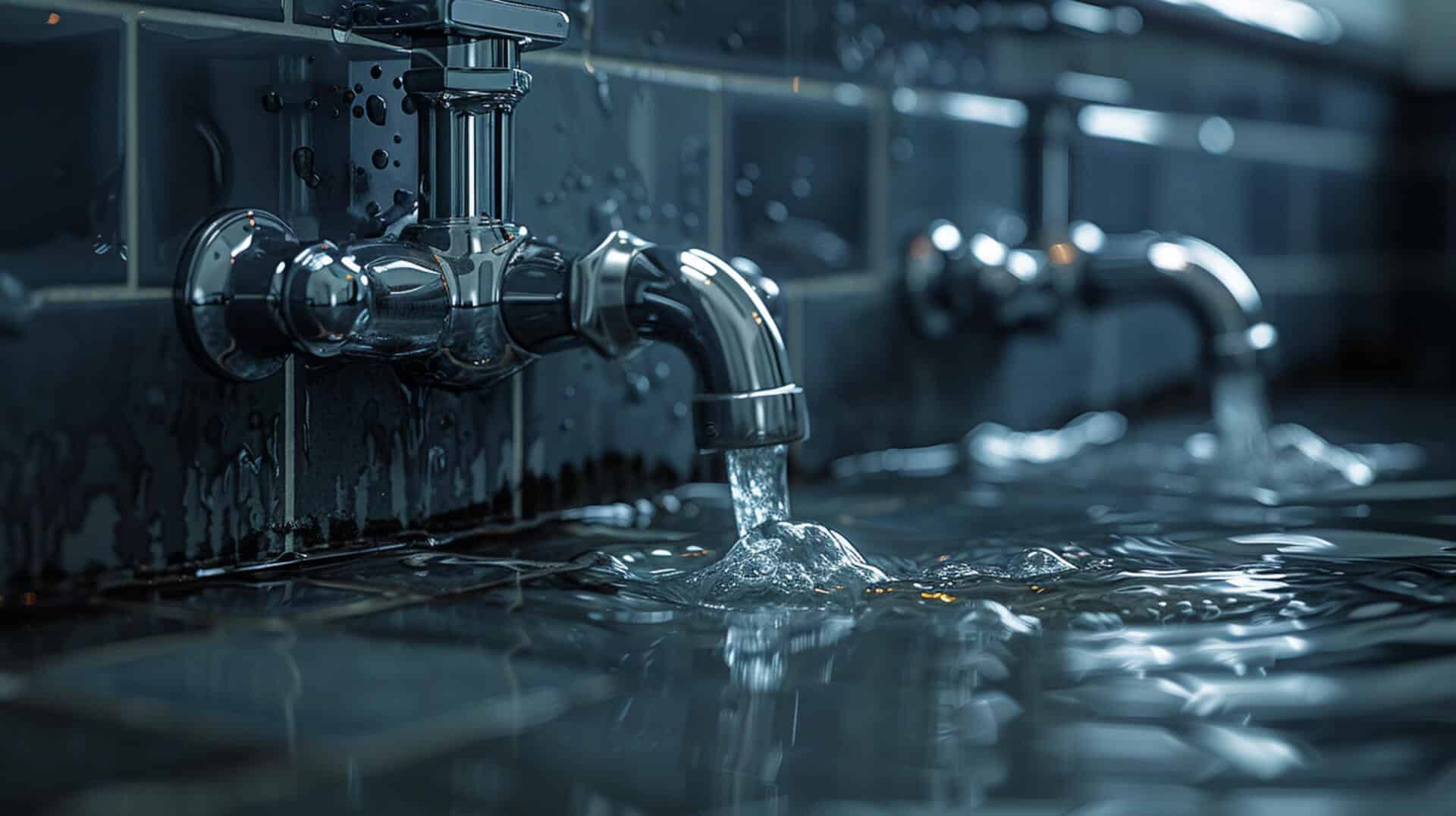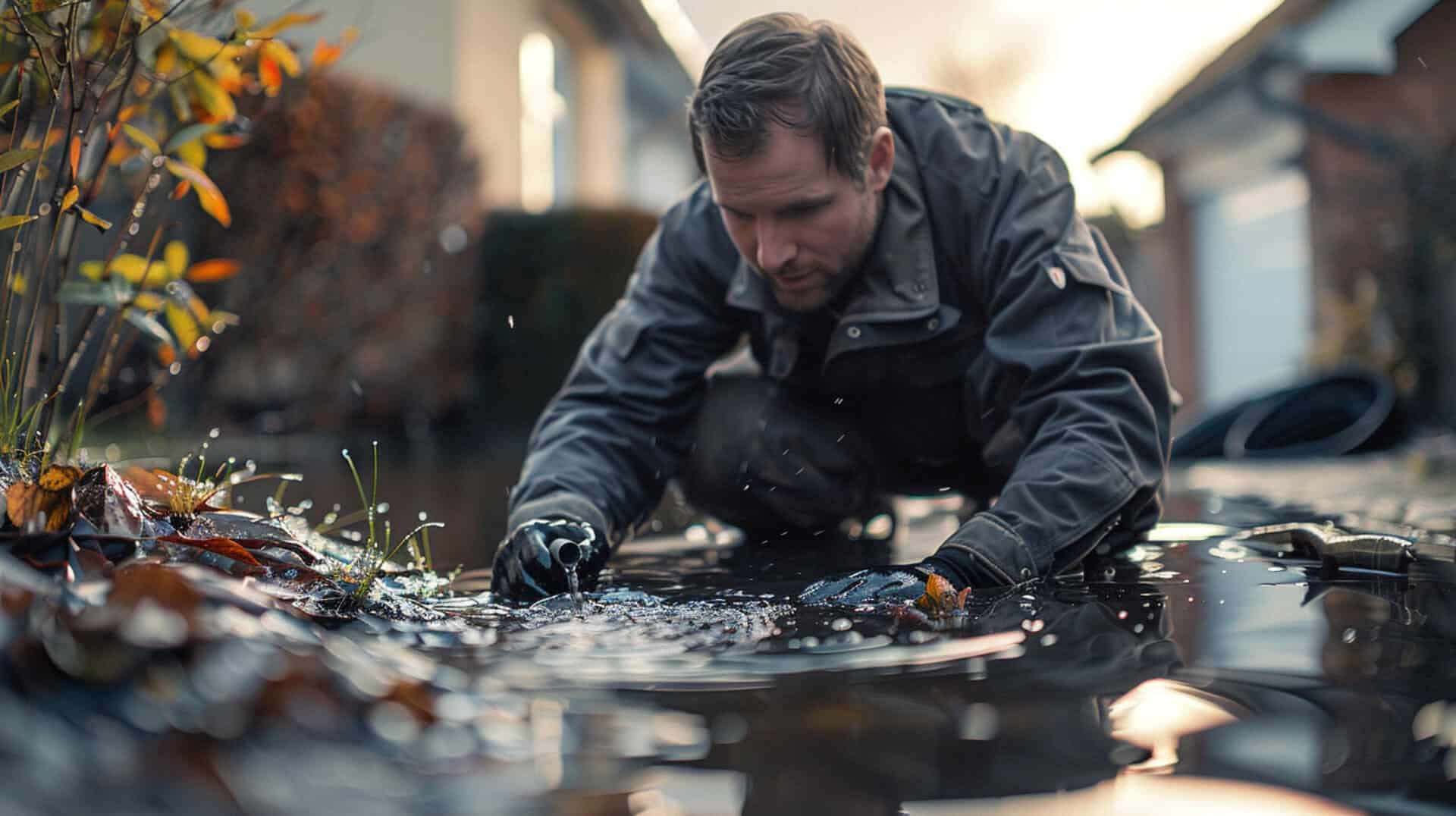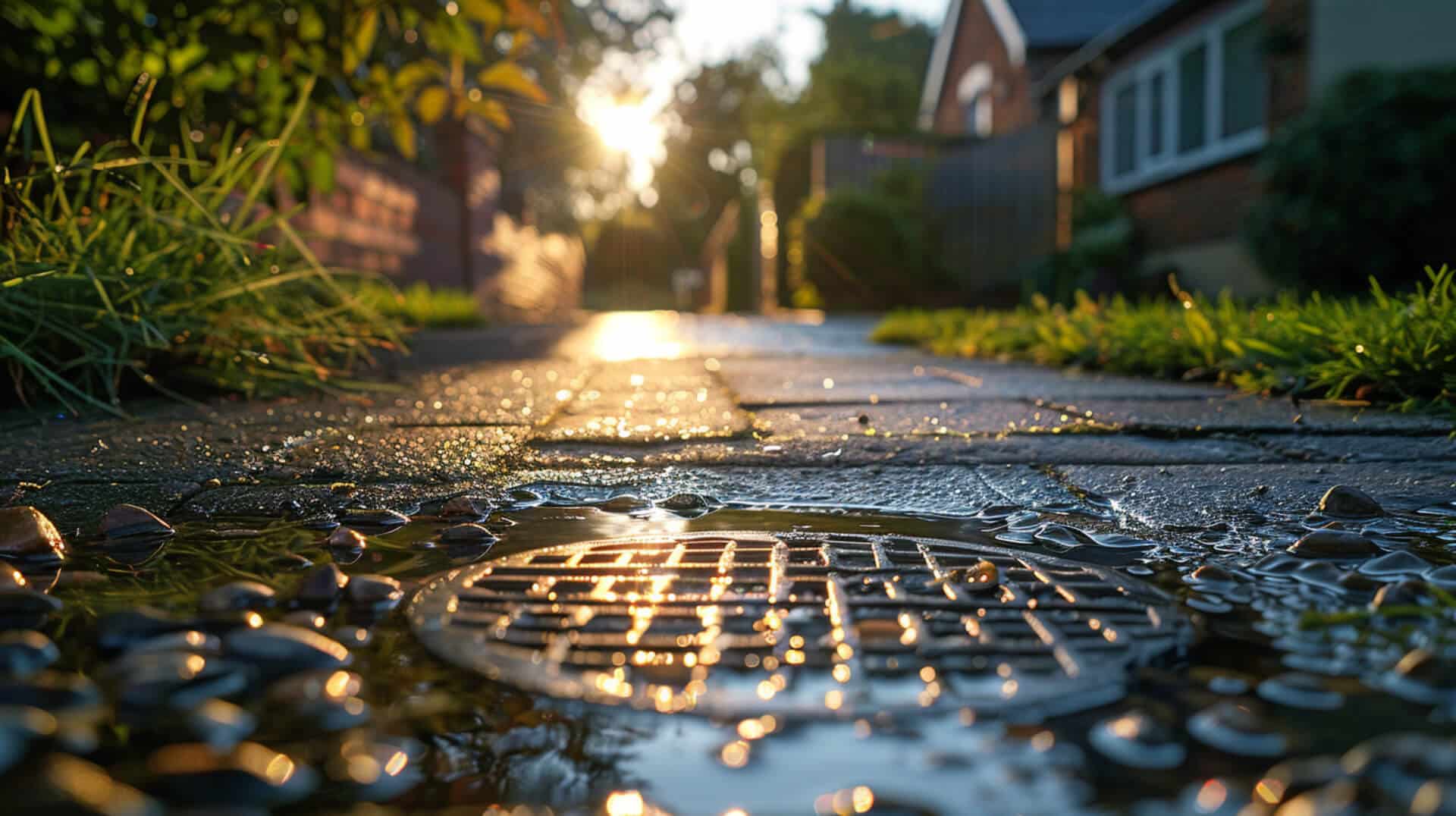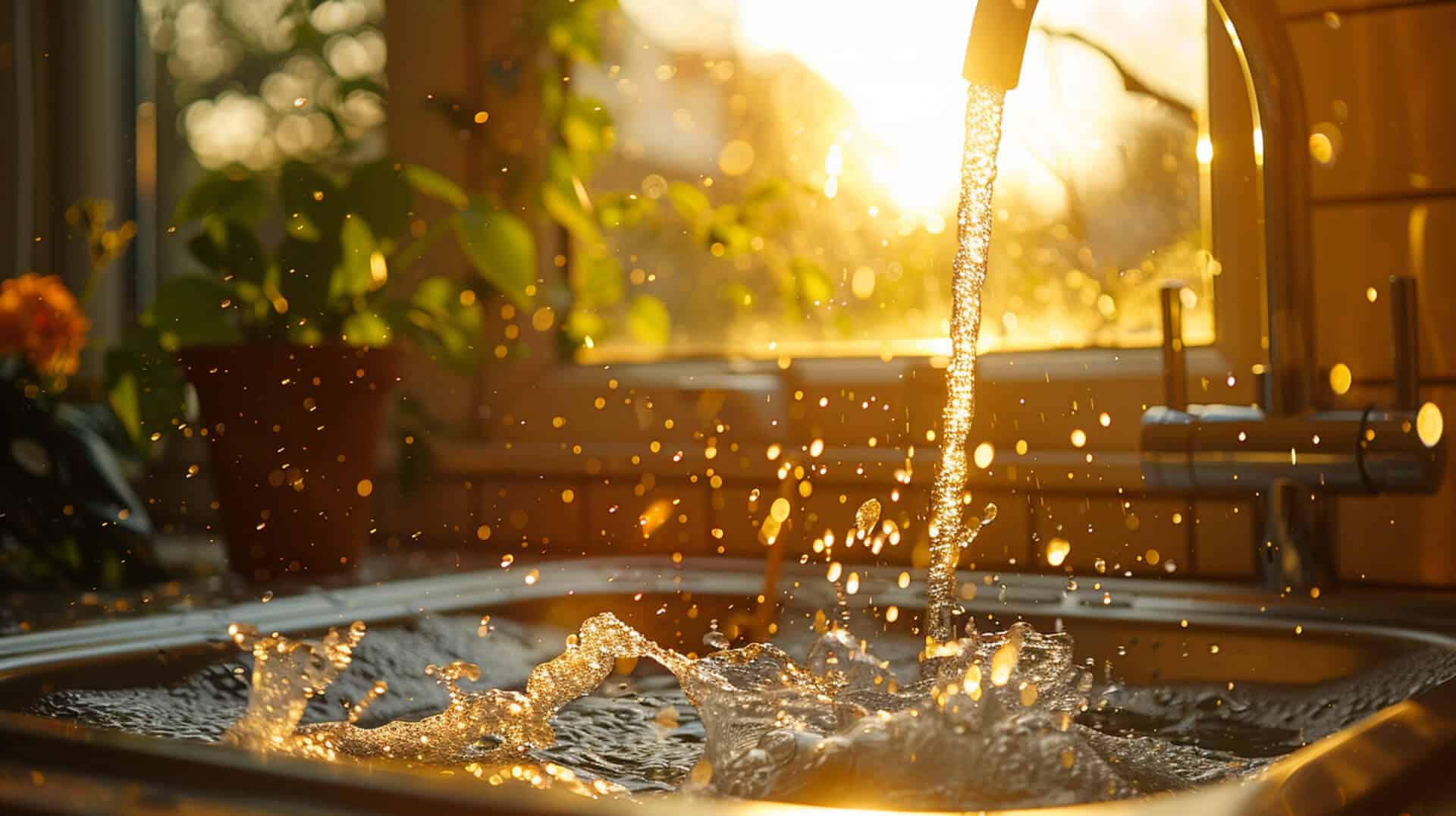 What Is A Preventative Drain Maintenance Plan
What Is A Preventative Drain Maintenance Plan
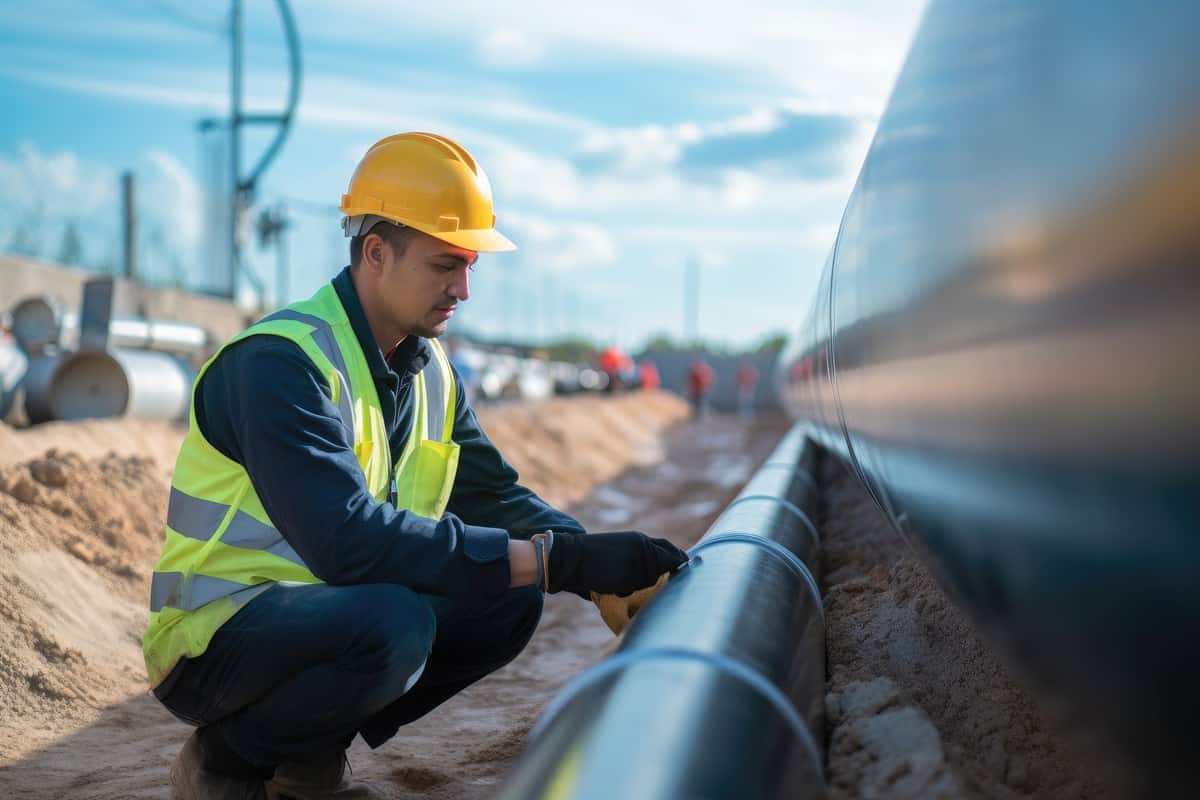
Preventative Drain Maintenance Plans are structured approaches designed to keep drainage and plumbing systems in optimal condition. These plans are essential for avoiding blockages and repairs that can lead to costly downtime. By regularly servicing drains, pipes, and related plumbing fixtures, these plans help maintain operational smoothness and prevent the unexpected disruptions that come with emergency repairs.
Who Benefits from a Preventative Plan?
Property owners, business owners, and facility managers all stand to benefit from implementing a Preventative Drain Maintenance Plan. Whether it’s a residential home or a commercial building, regular maintenance ensures the longevity and efficiency of the plumbing systems in place.
Mitigating Potential Plumbing Issues
Through routine inspections and maintenance tasks such as cleaning, descaling, and degreasing, these plans proactively address issues before they escalate. This includes servicing traps, conducting CCTV surveys, and employing methods like jetting and rodding to maintain clear and functional drains.
The Crucial Role of Preventative Maintenance
Preventative maintenance is not just about fixing problems as they arise; it’s about avoiding them altogether. By identifying and addressing potential issues early on, these plans save you time and money, while also ensuring that your property adheres to legal and environmental standards. Regular maintenance is a critical component in the management of any property’s plumbing infrastructure.
Core Components of a Preventative Plan
Preventative drain maintenance plans are designed to ensure the longevity and efficiency of drainage systems. These plans typically encompass a range of services tailored to maintain the health of plumbing infrastructures.
Routine Inspections
Regular inspections are a cornerstone of preventative maintenance. They allow for the early detection of potential issues, which can be addressed before escalating into more significant problems. By identifying and resolving these issues promptly, routine inspections contribute to the extended lifespan of drainage systems.
Cleaning and Descaling
The process of cleaning and descaling is integral to maintaining drain health. This involves the removal of build-ups such as grease, scale, and other debris that can lead to blockages. Regular cleaning helps to maintain clear pathways for water and waste, ensuring the system operates at optimal efficiency.
Emergency Service Availability
The inclusion of emergency services within a preventative plan provides an assurance of rapid response in the event of unforeseen issues. This feature is essential as it ensures that any urgent problems can be addressed promptly, minimising potential damage and disruption to your property or business operations.
By incorporating these core components, a preventative drain maintenance plan serves as a proactive measure to safeguard against plumbing emergencies, thereby promoting the smooth operation of drainage systems.
Customization of Preventative Maintenance Plans
Preventative maintenance plans for drainage systems are not one-size-fits-all. They can be, and often need to be, tailored to address the specific requirements of different settings, whether commercial or domestic.
Commercial vs. Domestic Settings
In commercial environments, the demands on drainage systems are typically higher due to increased usage. This necessitates a more robust maintenance schedule to prevent blockages and ensure operational continuity. Conversely, domestic settings may require less frequent interventions, but still benefit from a customised approach that considers household habits and the property’s age.
High-Traffic Business Considerations
Businesses that experience high customer traffic, such as restaurants or retail stores, must manage additional factors like grease trap maintenance. For these settings, sector-specific plans are developed to address the unique challenges posed by the volume and nature of waste.
Importance of Sector-Specific Customization
Customization is crucial for sectors with specialised requirements. For instance, healthcare facilities require adherence to stringent hygiene standards, while industrial sites may deal with unusual waste products that demand specific maintenance protocols.
Enhancing Operational Smoothness
Tailored plans ensure that maintenance interventions are as non-disruptive as possible, scheduled at times that minimise impact on business operations or domestic routines. This level of customization enhances the smoothness of operations by preventing unexpected downtime due to drainage issues.
Determining Maintenance Frequency for Drains
The frequency of preventative maintenance for drainage systems is influenced by several factors, including the type of property, the volume of use, and the presence of specific waste materials.
Commercial Property Maintenance Scheduling
For commercial properties, the recommended maintenance frequency is typically higher due to the increased usage and waste production. Businesses should consider quarterly maintenance to prevent blockages and ensure smooth operations.
Importance of Regular Maintenance
Regular maintenance is essential for maintaining system efficiency. It helps to identify and address potential issues before they escalate, reducing the likelihood of emergency repairs and associated costs.
Best Practices for Scheduling
To effectively schedule preventative maintenance:
- Assess the usage patterns of the drainage system.
- Consider environmental factors and the type of waste disposed of.
- Schedule maintenance during off-peak hours to minimise disruption.
- Maintain a log of past maintenance activities to predict future needs.
By adhering to these practices, property owners can ensure their drainage systems remain in optimal condition, reducing the risk of unexpected failures and maintaining consistent performance.
Recognising the Need for Drain Maintenance
Identifying early signs of drainage issues is key to maintaining the health of your plumbing system. Awareness of these indicators can prompt timely maintenance, preventing more severe problems.
Common Indicators of Drainage Issues
Several symptoms suggest the need for preventative maintenance:
- Slow Drainage: Water pooling or draining slowly is often the first sign of a blockage.
- Unpleasant Odours: Foul smells emanating from drains can indicate trapped waste or clogs.
- Frequent Blockages: Recurring clogs, even after clearing, suggest deeper issues within the plumbing system.
- Unusual Noises: Gurgling sounds from pipes or drains can be a sign of obstructed water flow.
Steps to Take
Upon noticing any of these signs, it is advisable to:
- Document the symptoms and their frequency.
- Avoid using chemical cleaners, which can exacerbate the problem.
- Contact a professional service to assess and address the issue.
By recognising these early warning signs and taking appropriate action, you can ensure the longevity and efficiency of your drainage system, avoiding the inconvenience and cost of emergency repairs.
Advantages of Consistent Drain Maintenance
Engaging in regular preventative maintenance for drainage systems offers several financial and operational benefits. It is a strategic approach that can lead to significant cost savings and safety improvements.
Cost-Effectiveness of Preventative Maintenance
Preventative maintenance is economically advantageous as it helps to avoid costly emergency repairs. By addressing issues early, you’re likely to incur lower expenses compared to the high costs associated with major repairs or complete system replacements.
Safety Enhancements Through Regular Maintenance
Regular drain maintenance also enhances safety by reducing the risk of backups and overflows that can lead to slip hazards or contact with potentially harmful substances. Ensuring that drains are clear can prevent water damage and mould growth, which are health hazards.
Environmental Compliance
Adhering to a maintenance schedule can ensure compliance with environmental regulations. Properly maintained systems are less likely to cause pollution due to leaks or overflows, thus contributing to environmental protection efforts.
Contribution to System Longevity
Routine maintenance extends the lifespan of plumbing systems. Regular cleaning and inspections can prevent the degradation of pipes and fixtures, ensuring that the entire system functions efficiently for a longer period.
Implementing Preventative Measures for Drainage Systems
To maintain the health of your drainage system and reduce the frequency of maintenance, certain daily practices can be implemented. These measures are straightforward yet effective in preventing common drainage issues.
Daily Practices to Reduce Maintenance Needs
Regularly running hot water through the drains can help dissolve and dislodge early-stage buildups. Incorporating strainers in sinks prevents large particles from entering the drainage system. Additionally, conducting a weekly flush with hot water and baking soda keeps drains clear and odour-free.
Avoiding Non-Degradable Disposals
One critical practice is to avoid disposing of non-degradable items down the drain. Materials such as cooking oils, fats, and coffee grounds can solidify within the pipes, leading to blockages. Educating all users of the property on what should not be disposed of via the drains is essential.
Proactive Measures for System Health
Proactive care includes:
- Regularly inspecting visible pipes for signs of condensation or leaks.
- Being mindful of the chemical cleaners used, as some can corrode pipes over time.
- Scheduling annual professional inspections to identify issues that may not be apparent to the untrained eye.
By adopting these preventative measures, you can significantly reduce the likelihood of drainage problems and ensure the longevity of your plumbing system.
Selecting Professional Drain Maintenance Services
When choosing a professional service for drain maintenance, it is essential to consider several qualifications to ensure reliability and effectiveness.
Qualifications of a Service Provider
A reputable service provider should have:
- Proper licencing and certifications.
- A proven track record of reliability and customer satisfaction.
- An experienced team that is trained in the latest drain maintenance techniques.
Ensuring Reliability and Effectiveness
Professional services guarantee their work’s reliability and effectiveness by:
- Employing licenced professionals who are knowledgeable and equipped to handle various maintenance tasks.
- Offering a comprehensive maintenance plan that includes routine checks and emergency services.
- Utilising advanced tools and technology, such as CCTV for drain surveys, to accurately diagnose and resolve issues.
The Importance of 24/7 Availability
24/7 availability is crucial for addressing unexpected issues that may arise outside of standard business hours. This ensures that you have access to immediate assistance, thereby preventing potential damage or prolonged inconvenience.
Considerations for Service Selection
When selecting a maintenance service, consider:
- The provider’s availability to respond to emergencies.
- Transparent pricing without hidden charges.
- Customer reviews and testimonials.
- The provider’s commitment to safety and environmental compliance.
By carefully evaluating these factors, you can choose a drain maintenance service that will offer peace of mind and keep your drainage system in optimal condition.
Legal and Environmental Compliance in Drain Maintenance
Adherence to legal standards and environmental regulations is a critical aspect of property maintenance. Preventative drain maintenance plans play a pivotal role in ensuring compliance, thereby safeguarding property owners from potential legal liabilities.
Role of Accredited Services in Legal Compliance
Accredited service providers are instrumental in navigating the complex landscape of legal requirements. These professionals are well-versed in the latest regulations and can ensure that your maintenance practices meet all necessary standards. By engaging accredited services, you benefit from their expertise in legal compliance, which is particularly crucial for commercial properties.
Importance of Environmental Compliance for Property Owners
Environmental compliance is not only a legal obligation but also a responsibility towards the community and the ecosystem. Proper drain maintenance prevents harmful substances from entering the environment, thus contributing to the overall well-being of the local ecology.
Navigating Legal and Environmental Requirements
To effectively navigate these requirements:
- Stay informed about the latest environmental regulations relevant to your property.
- Ensure that your maintenance provider has the necessary certifications and follows environmentally friendly practices.
- Regularly review your maintenance plan to align with any changes in legal standards.
By considering these factors, property owners can maintain their drainage systems responsibly, ensuring legal and environmental compliance.
Enhancing Efficiency with CMMS
Computerised Maintenance Management Systems (CMMS) are pivotal in streamlining preventative maintenance for drainage systems. These digital tools facilitate efficient task management and maintenance scheduling.
Benefits of Digital Asset Management
Digital asset management tools offer a centralised database for tracking the condition and history of plumbing infrastructure. This allows for:
- Quick retrieval of maintenance records.
- Efficient scheduling of routine checks and repairs.
- Better decision-making based on historical data.
Importance of Task Tracking
Task tracking is essential in preventative maintenance to ensure that all components of the drainage system receive timely attention. CMMS enables:
- Monitoring of maintenance tasks to avoid overlaps or omissions.
- Allocation of resources for optimal task execution.
- Ensuring accountability through clear assignment of responsibilities.
Reducing Waste with Digital Tools
By adopting digital tools, property owners can significantly reduce paper and fuel waste. Digital records eliminate the need for physical documents, while optimised maintenance routes and schedules contribute to reduced fuel consumption by maintenance crews.
Through the integration of CMMS and digital asset management tools, property owners can enhance the efficiency and sustainability of their preventative maintenance practices.
Understanding the Costs of Preventative Drain Maintenance
When considering the implementation of a preventative drain maintenance plan, understanding the associated costs is essential for effective budgeting.
Typical Costs of Maintenance
The costs for preventative maintenance can vary widely, typically ranging from 55 to 275. These expenses are influenced by several factors, including the scope of services provided and the frequency of maintenance required. It is recommended that property owners schedule annual inspections to maintain system health and efficiency.
Budgeting for Maintenance
Effective budgeting for drain maintenance involves:
- Anticipating regular maintenance costs and setting aside funds accordingly.
- Considering the potential savings from avoiding emergency repairs through regular maintenance.
Factors Influencing Cost
Location and urgency are significant factors in cost assessment:
- Services in urban areas may be priced higher due to increased demand.
- Urgent or emergency services often come at a premium due to their immediate nature.
Strategies for Managing Expenses
To manage maintenance expenses, property owners can:
- Compare service providers to ensure competitive pricing.
- Opt for maintenance packages that offer cost savings for long-term commitments.
- Implement daily preventative measures to reduce the frequency of professional interventions.
By understanding these cost considerations and employing strategic budgeting, property owners can ensure their drainage systems are maintained effectively without incurring unnecessary expenses.
Initiating Preventative Drain Maintenance Plans
Adopting a preventative maintenance plan is a strategic decision that supports the long-term health of a property’s plumbing system. These plans are designed to preemptively address potential issues, ensuring that the infrastructure operates efficiently and without unexpected interruptions.
Contributions to Plumbing System Health
Preventative maintenance plans contribute to the overall health of plumbing systems by:
- Regularly removing build-ups that can lead to blockages.
- Identifying wear and potential points of failure before they become problematic.
- Ensuring that all components are functioning correctly and efficiently.
Long-Term Benefits
The long-term benefits of regular maintenance include:
- Reduced likelihood of emergency repairs, which can be costly and disruptive.
- Extended lifespan of the plumbing infrastructure, resulting in cost savings.
- Peace of mind knowing that the system is less likely to fail unexpectedly.
Steps to Implementation
Property owners, business owners, and facility managers can begin implementing these plans by:
- Assessing the specific needs of their property or business.
- Consulting with professional service providers to develop a tailored maintenance schedule.
- Establishing a routine of regular checks and maintenance activities.
By taking these steps, stakeholders can ensure that their drainage systems remain in optimal condition, safeguarding their property and investments.
